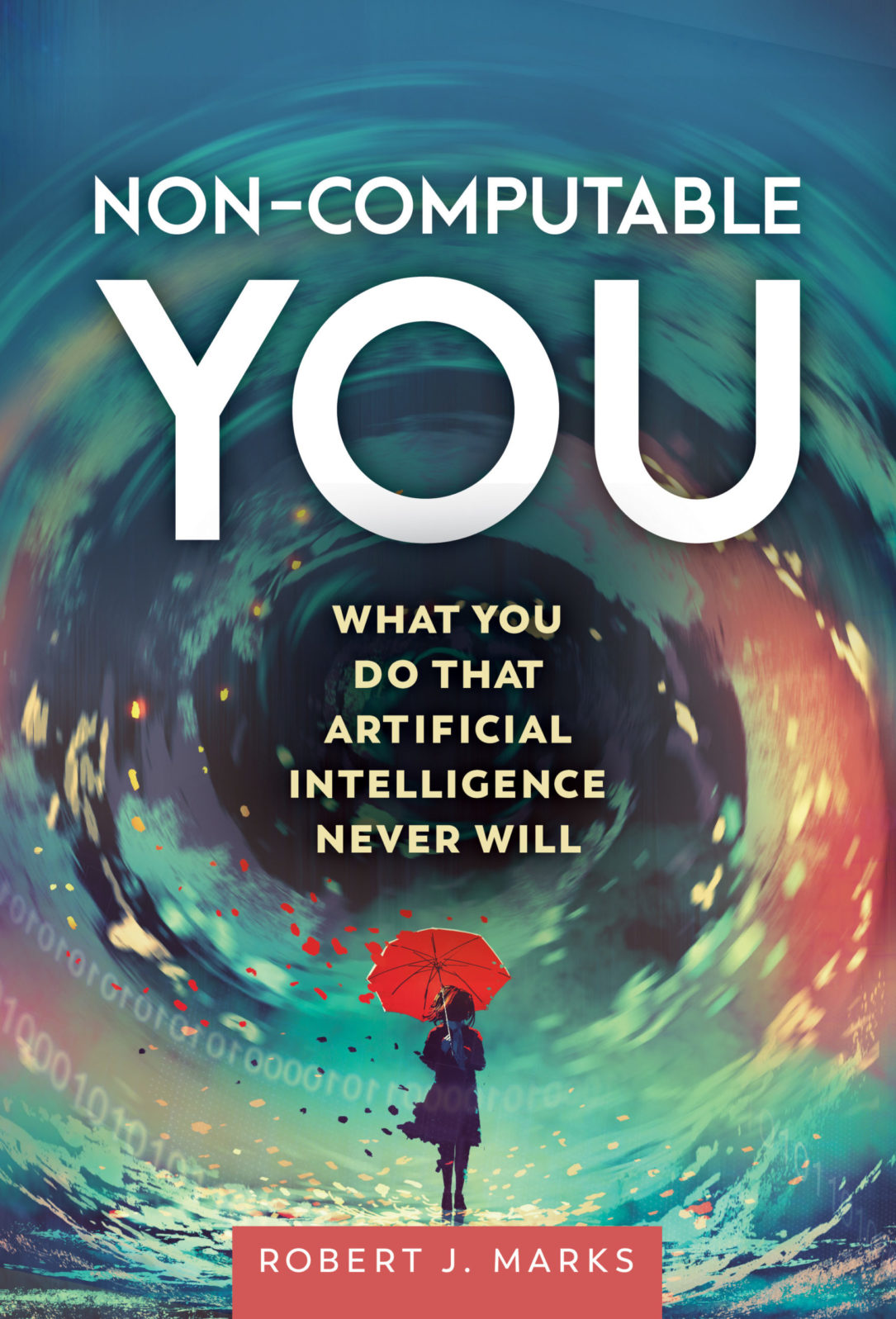New OpenAI Art Program Does NOT Claim Copyright for AI
As DALL-E 2, which generates blended images in response to key words, moves into the art world, a key question has just been settledA case currently before the U.S. Court of Appeals must decide if artificial intelligences should have patent rights on processes they were used to design. Throwing a wrench into the works, OpenAI has announced that artists using its new DALL-E beta software can sell the work: “Starting today, users get full usage rights to commercialize the images they create with DALL·E, including the right to reprint, sell, and merchandise. This includes images they generated during the research preview.” (July 20, 2022)
First, here’s what DALL-E can do:
Some worry about its impact on jobs in the arts:
OpenAI’s press release for DALL-E 2 markets the advanced tech as a “powerful creative tool” that will speed up and inspire the creative process. But as some have already started to point out, the ability to commercialize DALL-E 2 will likely have a pretty major impact on creative industries — and some of the resulting ramifications may not be good.
‘This is absolutely insane,” wrote one Twitter user who claims to have used the software. “I’ve been using it for a bit and its understanding of composition, lighting, color is mind blowing. So many implications we’re having to think through on how this tool is used and what it means for artists/creators now that it’s opening up rights.”
Maggie Harrison, “OpenAI Says It’s Fine to Sell Images Made With DALL-E 2” at Futurism (July 22, 2022)
Others see the potential for greater artistic productivity:
So far, that hasn’t come to pass. People who have been granted early access to DALL-E have found that it elevates human creativity rather than making it obsolete. Benjamin Von Wong, an artist who creates installations and sculptures, says it has, in fact, increased his productivity. “DALL-E is a wonderful tool for someone like me who cannot draw,” says Von Wong, who uses the tool to explore ideas that could later be built into physical works of art. “Rather than needing to sketch out concepts, I can simply generate them through different prompt phrases.”
Will Knight, “When AI Makes Art, Humans Supply the Creative Spark” at Wired (July 13, 2022)
Here’s how a number of artists have been using it.
Robert J. Marks, author of just-published Non-Computable You, sees OpenAI’s approach as legally correct. He told Mind Matters News,

Images generated by AI should be no more copyrightable than Google search engine results.
DALL-E 2 is an incredible AI tool. But in the end, it is a tool and nothing more. It generates impressive images. But, in a good call by the US Copyright Office, art generated by AI can’t be copyrighted. So OpenAI’s concession to use images from DALL-E 2 for free is not as altruistic as it first sounds.
In my book Non-Computable You, we use a picture from the web site ThisPersonDoesNotExist.com where life-like images of people’s faces are generated by AI. Even though a remarkable achievement, these images cannot be copyrighted. For my book, we cited the source, but there was no need to seek copyright permission.
There is no AI creativity here.
Across the room, a bouquet of flowers may look real. But closer inspection can reveal they are artificial. There is no dirt or water for the stems and the flower’s petals do not feel real. Such is the case with artificial intelligence. Across the room AI can look real. But closer inspection reveals it is artificial. Hence the term artificial intelligence. Underneath the hood of DALL-E 2 is complex and beautiful number crunching. But any credit for creativity belongs to the ingenuity of the computer programmers — not the AI.
Some perspective: OpenAI, co-founded by Elon Musk, created a stir a couple of years ago with the GPT-3 writing machine which was supposed to decimate the news industry and drown us all in fake news. The mainstream news industry is indeed in big trouble but for reasons unrelated to GPT-3. And fake news remains a crowded market in which even AI struggles to find a niche. So, artists, use or don’t use DALL-e, as it works with your style, but keep on with your art.
Note: DALL-E’s not absolutely free: “Every DALL·E user will receive 50 free credits during their first month of use and 15 free credits every subsequent month. Each credit can be used for one original DALL·E prompt generation — returning four images — or an edit or variation prompt, which returns three images.” But it’s pretty cheap.
Mind Matters News is on the first-one-million list to get one and we’ll get back to you.
You may also wish to read: Should AI be granted patents on the designs it helps develop? That’s a current argument before the US Court of Appeals. The argument is based on a misunderstanding of what artificial intelligence (AI) actually does when it motors through many iterations of a design process. (Robert J. Marks)
